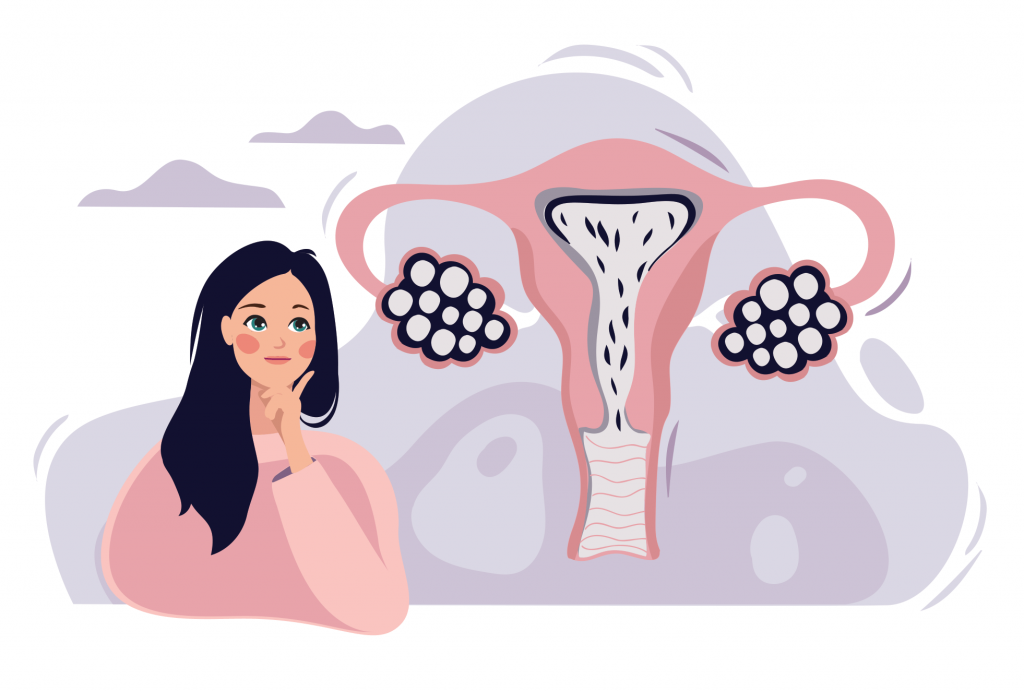Ovarian drilling, also known as ovarian diathermy or laparoscopic ovarian drilling (LOD), is a surgical procedure used as a treatment option for women with polycystic ovary syndrome (PCOS), particularly when other treatments have not been successful.
Here’s how ovarian drilling works and when it’s considered:
Procedure:
It involves making a few small incisions near the navel and inserting a laparoscope (a thin tube with a camera) to view the ovaries. Using a specialized needle or laser, the surgeon then punctures the ovarian tissue multiple times (typically around 4–10 punctures per ovary). This procedure aims to destroy part of the ovarian tissue that is producing androgens (male hormones) such as testosterone.
Purpose:
The goal of ovarian drilling is to reduce the excessive production of androgens from the ovaries. High levels of androgens contribute to irregular ovulation and other symptoms of PCOS, such as acne, hirsutism (excessive hair growth), and infertility treatment with PCOD/PCOS Treatment in Jaipur.
Indications:
Ovarian drilling is considered as a treatment option in the following cases:
- Infertility: When women with PCOS are not ovulating regularly (anovulation), and medications like clomiphene citrate have not been effective in inducing ovulation.
- Androgen-related symptoms: When symptoms such as hirsutism or acne are severe and not adequately controlled with other treatments.
- Failed medical management: When lifestyle changes and medications (such as oral contraceptives or anti-androgens) have not sufficiently improved symptoms.
Effectiveness:
Ovarian drilling can restore ovulation in about 50–60% of women with PCOS who are anovulatory. It may also help in reducing androgen levels and improving symptoms such as hirsutism and acne. However, the effects are not always permanent, and some women may experience recurrence of symptoms over time.
Considerations:
While ovarian drilling can be effective, it is generally considered after other less invasive treatments have been tried and found ineffective. It is a surgical procedure with associated risks, including risks related to anesthesia, bleeding, and infection, as well as the potential for adhesion formation in the pelvic area.
In summary, ovarian drilling is a surgical treatment option for PCOS aimed at improving ovulation and reducing androgen levels, particularly when other treatments have not been successful in managing symptoms or restoring fertility.




.png)

Comments